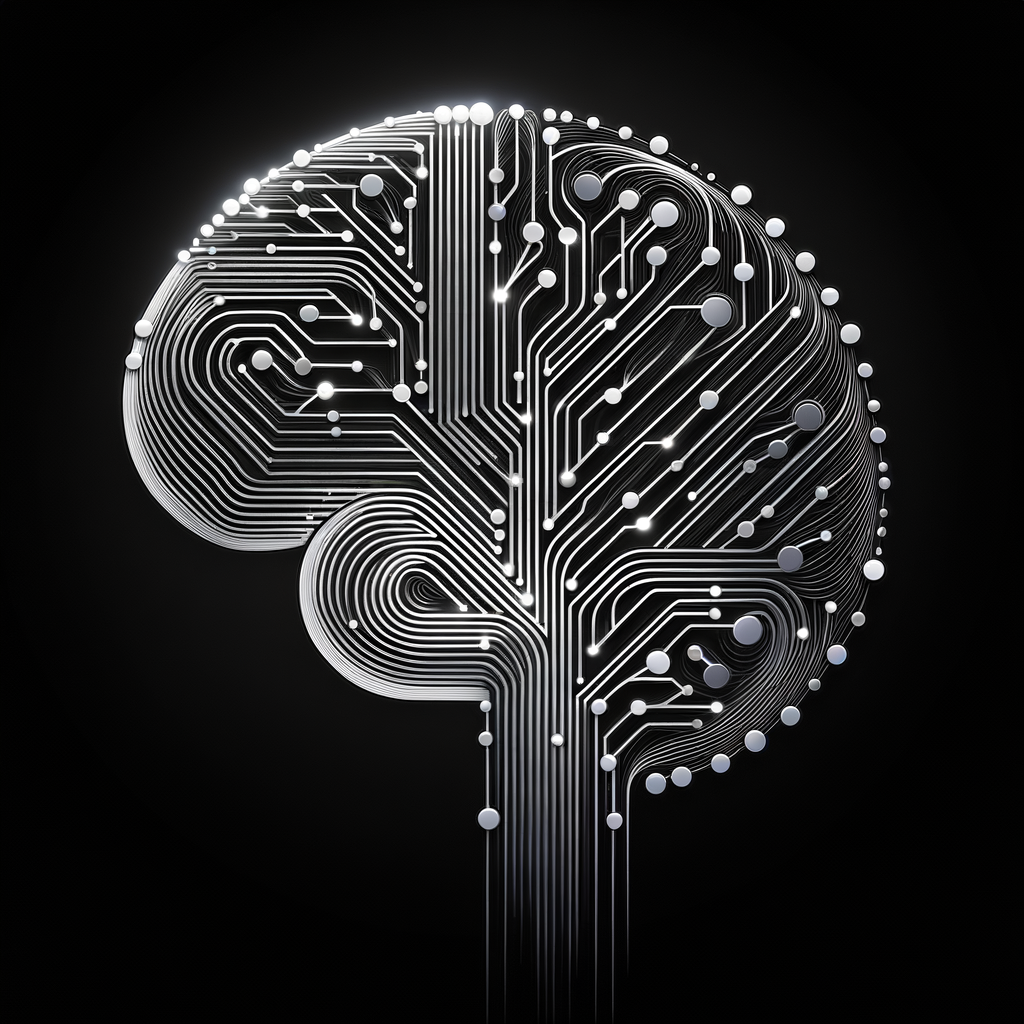
Unleashing the Power of Autogen in AI Development
Explore the potential of Autogen in AI development, enhancing productivity, and innovation. This blog delves into how Autogen optimizes the AI lifecycle, from creation to implementation, offering insights into its transformative impact on modern technologies.
Introduction
In the ever-evolving landscape of artificial intelligence, the demand for faster and more efficient development cycles has led to the rise of automated generation tools, commonly referred to as Autogen. This new wave of technology promises to revolutionize the way AI models are created, tested, and deployed. In this article, we will explore the significance of Autogen in AI development, its impact on productivity, and how it fosters innovation.
Understanding Autogen
Autogen, short for automated generation, refers to a set of tools and processes that enable the automatic creation of AI models. This involves utilizing algorithms to generate code, design architectures, and even conceive new AI concepts without requiring extensive human intervention. The primary goal of Autogen is to streamline AI development by reducing the time and effort needed to bring a model from ideas to actionable deployments.
Key Components of Autogen
-
Automated Code Generation:
- Autogen tools are designed to write code that is contextually relevant and optimized for specific tasks. This significantly cuts down on the manual coding process, allowing developers to focus on more intricate aspects of AI model design.
-
Model Optimization:
- By leveraging advanced algorithms, Autogen systems can create model architectures that are not only efficient but also tailor-made to specific datasets and applications. This helps in achieving higher accuracy rates and more robust functionalities.
-
Data Augmentation:
- Another critical component of Autogen is the ability to generate synthetic data, which can bolster training datasets, enabling models to learn more effectively and produce reliable outcomes.
The Impact of Autogen on AI Development
-
Enhanced Productivity: Autogen tools allow developers to work more efficiently by automating repetitive and time-consuming tasks. This means that AI projects can be completed faster, with fewer resources.
-
Innovation Catalyst: With less time spent on the logistical aspects of AI development, researchers and engineers can focus their energies on innovation and experimentation, leading to the creation of cutting-edge AI solutions.
-
Scalability: Autogen facilitates the rapid scaling of AI projects. Whether it's tweaking models for different applications or handling increased data volumes, Autogen provides the necessary flexibility and speed.
Challenges and Considerations
Despite its numerous advantages, adopting Autogen in AI development comes with its set of challenges. Some of these include:
- Quality Assurance: Ensuring that generated code and models meet the highest quality standards is crucial.
- Integration with Existing Systems: Seamlessly incorporating Autogen tools with current AI infrastructures requires careful planning and execution.
- Ethical Implications: As with any AI technology, considerations around ethics and bias need to be addressed to avoid unfavorable outcomes.
Future Prospects
The future of AI development looks promising with the continued evolution of Autogen. As technologies advance, we can expect even more sophisticated tools that further decrease the barriers to developing powerful AI models. The emphasis will likely be on improving the intuitiveness of these tools, enabling even those with limited technical expertise to contribute to AI projects.
Conclusion
Autogen is shaping up to be a pivotal force in the realm of AI, offering a new level of efficiency and capability previously unattainable. By embracing Autogen technologies, developers can propel AI applications into new territories, driving both technological advancement and societal impact.